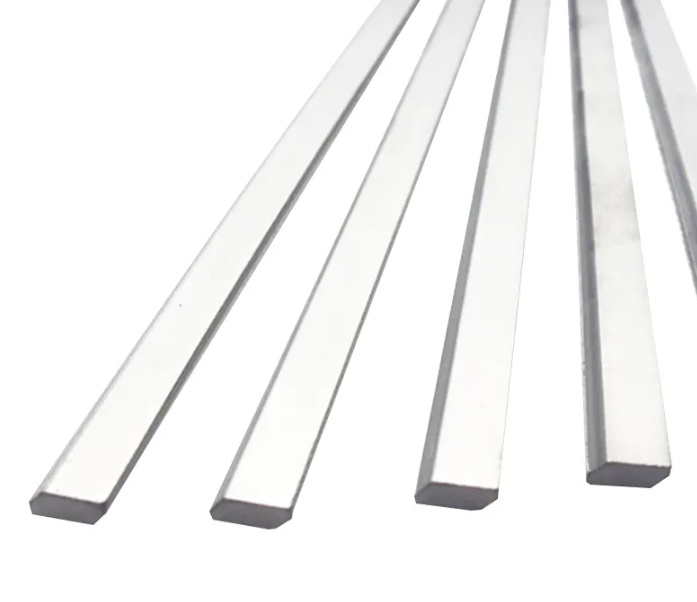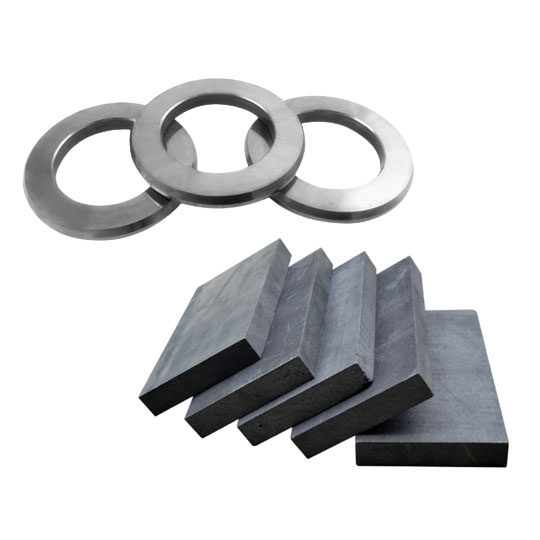Qu'est-ce qu'une tige en carbure ?
Commençons par une question simple : que sont exactement les tiges en carbure? Imaginez que vous construisiez une maison. Vous voudriez les matériaux les plus solides pour vous assurer qu'elle résiste à l'épreuve du temps, n'est-ce pas ? Les tiges de carbure sont les briques les plus résistantes dans le monde de l'outillage industriel et des pièces d'usure.
Les tiges en carbure, souvent appelées tiges en carbure de tungstène, sont des barres cylindriques fabriquées à partir d'un matériau composite connu sous le nom de carbure cémenté. Ce matériau est essentiellement une matrice métallique dure dans laquelle des grains de carbure de tungstène (WC) ultra-durs sont liés à l'aide d'un liant métallique, généralement du cobalt (Co). Imaginez le carbure de tungstène comme les pierres et le cobalt comme la colle qui les maintient ensemble. Ce mariage de ténacité et de dureté crée une force imparable contre l'usure, la chaleur et la déformation.
Les tiges de carbure ne sont pas des tiges métalliques ordinaires. Elles sont conçues avec précision pour être performantes et sont largement utilisées dans des secteurs tels que l'aérospatiale, l'automobile, l'exploitation minière et la fabrication d'outils de coupe. Elles peuvent résister à des contraintes mécaniques extrêmes et conserver leur forme et leur tranchant pendant longtemps. C'est pourquoi elles sont souvent considérées comme le matériau de prédilection pour la fabrication de forets, de fraises, d'alésoirs et d'autres outils très résistants à l'usure.

Pourquoi les barres en carbure offrent-elles une résistance supérieure à l'usure ?
Pourquoi les tiges en carbure surpassent-elles les autres matériaux en termes de résistance à l'usure ? Voyons cela de plus près. La résistance à l'usure est comparable à la durée de vie d'une paire de chaussures de randonnée lorsque vous parcourez des sentiers rocailleux. Certaines chaussures s'usent en quelques randonnées, tandis que d'autres peuvent durer des années. Les tiges en carbure sont ces bottes indestructibles.
La sauce secrète réside dans leur microstructure unique. Les grains de carbure de tungstène offrent une dureté extrême - nous parlons de 1600 à 2000 HV (dureté Vickers) - rendant incroyablement difficile pour les matériaux abrasifs de rayer ou de déformer la tige. Comparées à l'acier traditionnel, dont la dureté maximale se situe généralement autour de 700 HV, les tiges en carbure se situent sur un tout autre terrain de jeu.
En outre, le liant cobalt offre juste assez de ténacité pour éviter que le matériau ne devienne cassant. C'est cet équilibre parfait - dureté contre ténacité - qui confère aux tiges de carbure leur résistance à l'usure digne d'un super-héros.
Et c'est là que ça devient encore plus cool : les tiges en carbure peuvent résister non seulement à l'usure, mais aussi aux températures élevées, à la corrosion et aux chocs mécaniques. Qu'elles soient confrontées à une coupe agressive, à un meulage abrasif ou à des rotations à grande vitesse, les tiges en carbure gardent leur sang-froid et restent performantes.
Applications de la Tiges en carbure pour la résistance à l'usure
Vous vous demandez peut-être : "Où sont utilisées les tiges de carbure ?". Eh bien, elles sont omniprésentes dans les industries où une résistance élevée à l'usure n'est pas seulement un avantage, mais une mission essentielle. Passons en revue quelques applications clés :
1. Outils de coupe
Avez-vous déjà essayé de couper du métal avec un outil de qualité inférieure ? Il s'use plus vite que votre patience. Les tiges de carbure sont largement utilisées pour fabriquer des forets, des fraises et des alésoirs, car elles conservent leur tranchant même sous une pression de coupe et une chaleur intenses.
2. Exploitation minière et creusement de tunnels
L'équipement minier est soumis à des conditions difficiles. Les tiges de carbure sont utilisées dans les trépans de forage et les pièces d'usure parce qu'elles peuvent résister aux formations rocheuses abrasives sans transpirer.
3. Industrie du pétrole et du gaz
Dans les opérations de forage où l'équipement doit résister à des environnements difficiles, les tiges de carbure s'avèrent inestimables dans les stabilisateurs et les composants des vannes.
4. Composants aérospatiaux
La précision, la fiabilité et la durabilité ne sont pas négociables dans l'aérospatiale. Les barres en carbure contribuent à la fabrication de pièces résistantes à l'usure, capables de fonctionner parfaitement sous des contraintes extrêmes.
5. Outils de formage des métaux
Les matrices de formage et les poinçons fabriqués à partir de barres en carbure ont une durée de vie nettement supérieure à celle des matrices et poinçons fabriqués à partir d'aciers à outils traditionnels, grâce à leur résistance exceptionnelle à l'usure.
6. Fabrication de textiles
Surprenant, n'est-ce pas ? Les tiges en carbure sont utilisées dans les guides de fil et les lames de coupe où les mouvements à grande vitesse peuvent provoquer une usure importante.
7. Outils pour le travail du bois
La coupe du bois peut émousser rapidement les outils, mais les scies et les perceuses au carbure restent aiguisées beaucoup plus longtemps, offrant des coupes plus douces et moins de remplacements.
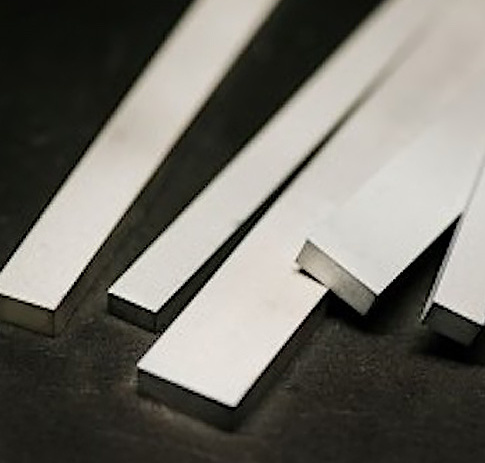

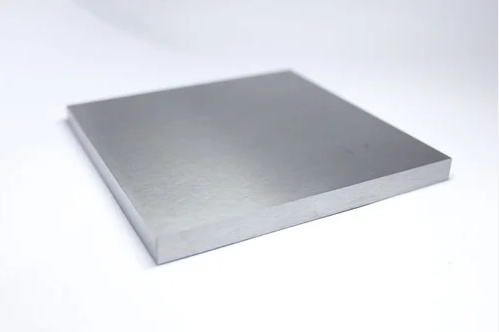
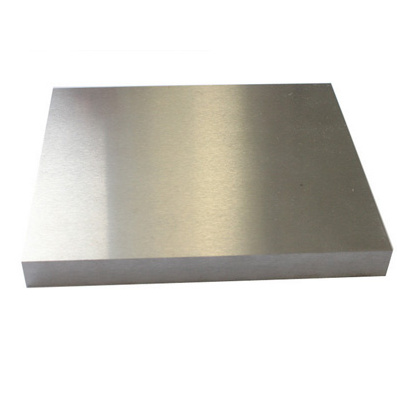

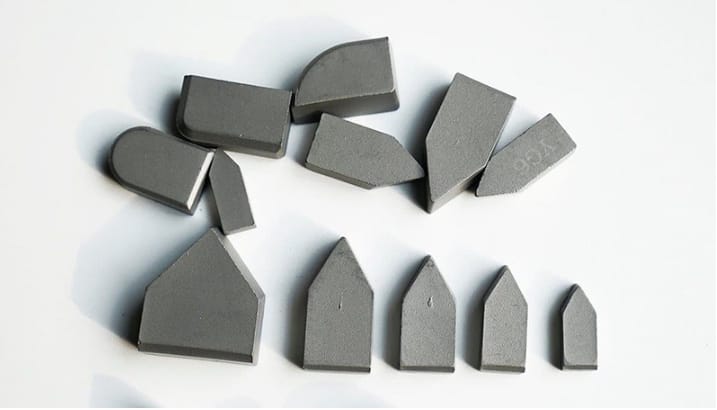
Avantages de l'utilisation de barres en carbure
Pourquoi les barres en carbure sont-elles la coqueluche du monde de la résistance à l'usure ? Examinons leurs principaux avantages d'une manière facile à comprendre.
1. Dureté exceptionnelle
Les tiges de carbure sont très résistantes - il faut les considérer comme les super-héros des matériaux. Elles peuvent couper, meuler et percer sans transpirer. Comparées à l'acier rapide (HSS), les tiges en carbure durent jusqu'à 10 fois plus long.
2. Résistance à l'usure inégalée
Lorsqu'il s'agit de faire face à des matériaux abrasifs, les tiges en carbure sont tout simplement dans une autre catégorie. Cela se traduit par moins de changements d'outils, moins de temps d'arrêt et plus de productivité.
3. Performance à haute température
La chaleur est l'ennemie de la plupart des outils, mais les tiges en carbure la supportent comme un chef. Elles conservent leur dureté à des températures de fonctionnement élevées, ce qui les rend idéales pour l'usinage à grande vitesse.
4. Résistance à la corrosion
Certaines catégories de barres de carbure sont spécialement conçues pour résister à la corrosion, ce qui est très important dans des secteurs comme le pétrole et le gaz.
5. La polyvalence
Du travail du bois à l'aérospatiale, les tiges de carbure font leurs preuves dans un large éventail d'applications.
6. Précision et cohérence
En raison de l'excellente stabilité du matériau, les tiges en carbure produisent des résultats constants et permettent des tolérances de fabrication plus étroites.
Comment choisir le bon Tiges en carbure pour votre demande
Choisir la bonne tige de carbure peut ressembler à l'achat de chaussures de course - cela dépend de l'endroit, de la manière et de la raison pour laquelle vous l'utilisez.
1. Comprendre l'application
Vous percez du bois tendre ou vous coupez des alliages pour l'aérospatiale ? Chaque tâche exige une qualité et une structure de barre de carbure différentes.
2. Choisir la bonne taille de grain
Les tiges de carbure à grain fin offrent une meilleure résistance à l'usure et peuvent être rectifiées pour obtenir des arêtes plus vives, ce qui les rend idéales pour les outils de finition. Les tiges à gros grain offrent une plus grande ténacité mais peuvent s'user plus rapidement dans les applications de précision.
3. Tenir compte de la teneur en cobalt
Une teneur en cobalt plus élevée se traduit généralement par une meilleure ténacité, mais une dureté plus faible. Une teneur en cobalt plus faible augmente la dureté mais peut rendre la tige plus fragile. Il s'agit de trouver le juste milieu.
4. Vérifier les revêtements
Certaines tiges de carbure sont dotées de revêtements tels que le TiAlN (nitrure de titane et d'aluminium) ou le DLC (Diamond-Like Carbon) pour une meilleure résistance à l'usure et à la chaleur. Pensez aux revêtements comme à une veste de pluie : ils ajoutent une protection contre les environnements difficiles.
5. Évaluer la qualité des poudres métalliques
C'est ici que nous entrons dans le vif du sujet. Vous trouverez ci-dessous une liste de 10 modèles spécifiques de poudres métalliques de carbure largement utilisés dans les applications résistantes à l'usure, chacun ayant des caractéristiques uniques.
| Modèle de poudre métallique | Description |
|---|---|
| WC-Co 94/6 | Dureté élevée, bonne pour la coupe de métaux plus tendres. |
| WC-Co 88/12 | Ténacité et résistance à l'usure équilibrées, idéal pour le perçage à impact. |
| WC-Co 85/15 | Ténacité plus élevée, adaptée à la coupe interrompue. |
| WC-Co 92/8 | Grande résistance à l'usure, excellent pour l'usinage de précision. |
| WC-Ni 90/10 | Résistant à la corrosion, parfait pour les applications pétrolières et gazières. |
| WC-Co-Cr 86/10/4 | Résistance accrue à la corrosion et à l'usure, utilisé dans des environnements agressifs. |
| WC-Co 96/4 | Extrêmement dur, idéal pour les coupes abrasives. |
| WC-Co 90/10 grain fin | Excellente rétention des arêtes, idéale pour les outils de finition. |
| WC-Co 88/12 Gros grains | Meilleure ténacité, idéal pour les coupes grossières. |
| WC-Co 94/6 avec revêtement TiAlN | Très bonne résistance à la chaleur, parfait pour l'usinage à grande vitesse. |
Chacune de ces poudres apporte quelque chose d'unique, et choisir la bonne est comme choisir le meilleur pneu pour votre voiture en fonction de l'état de la route et de votre style de conduite.
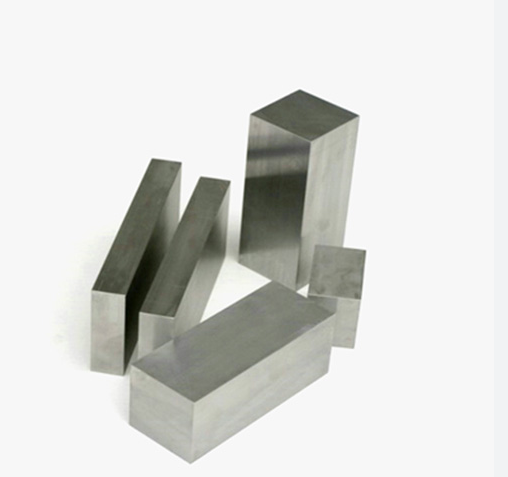
FAQ
| Question | Réponse |
|---|---|
| Qu'est-ce qui fait que les tiges en carbure sont meilleures que les tiges en acier ? | Les tiges en carbure offrent une dureté supérieure, une meilleure résistance à l'usure et conservent leurs performances à des températures plus élevées que les tiges en acier. |
| Les tiges de carbure sont-elles fragiles ? | Ils peuvent l'être s'ils ne sont pas sélectionnés correctement. Les barres à grain fin avec une teneur en cobalt équilibrée offrent à la fois la dureté et la ténacité nécessaires pour éviter la fragilité. |
| Les tiges en carbure peuvent-elles être affûtées ? | Oui, les tiges en carbure peuvent être rectifiées et affûtées, mais elles nécessitent des meules diamantées en raison de leur extrême dureté. |
| Toutes les tiges en carbure sont-elles identiques ? | Non, les barres de carbure sont disponibles en différentes qualités, tailles de grain et teneurs en cobalt, chacune étant adaptée à des applications spécifiques. |
| Quelles sont les industries qui utilisent le plus de tiges de carbure ? | L'aérospatiale, l'automobile, le pétrole et le gaz, l'exploitation minière, le travail du bois et le travail des métaux sont les principaux utilisateurs de tiges de carbure. |
| Les tiges de carbure résistent-elles à la corrosion ? | Certaines nuances de carbure, en particulier celles contenant des liants de nickel ou de chrome, offrent une excellente résistance à la corrosion. |
| Comment choisir la bonne tige de carbure ? | Tenez compte de votre application, du matériau à usiner, de la ténacité requise, de la résistance à l'usure et de la nécessité éventuelle d'un revêtement. |
| Les tiges de carbure peuvent-elles résister à une chaleur élevée ? | Oui, ils peuvent conserver leur dureté et leur intégrité structurelle à des températures bien supérieures à celles que l'acier peut supporter. |
| Les tiges en carbure sont-elles chères ? | Ils sont plus coûteux au départ que l'acier mais offrent une durée de vie plus longue et un coût total plus faible grâce à la réduction du nombre de changements d'outils. |
| Quels sont les revêtements courants pour les barres de carbure ? | Les revêtements TiAlN, TiN, DLC et PVD sont couramment utilisés pour améliorer la résistance à l'usure et à la chaleur. |


